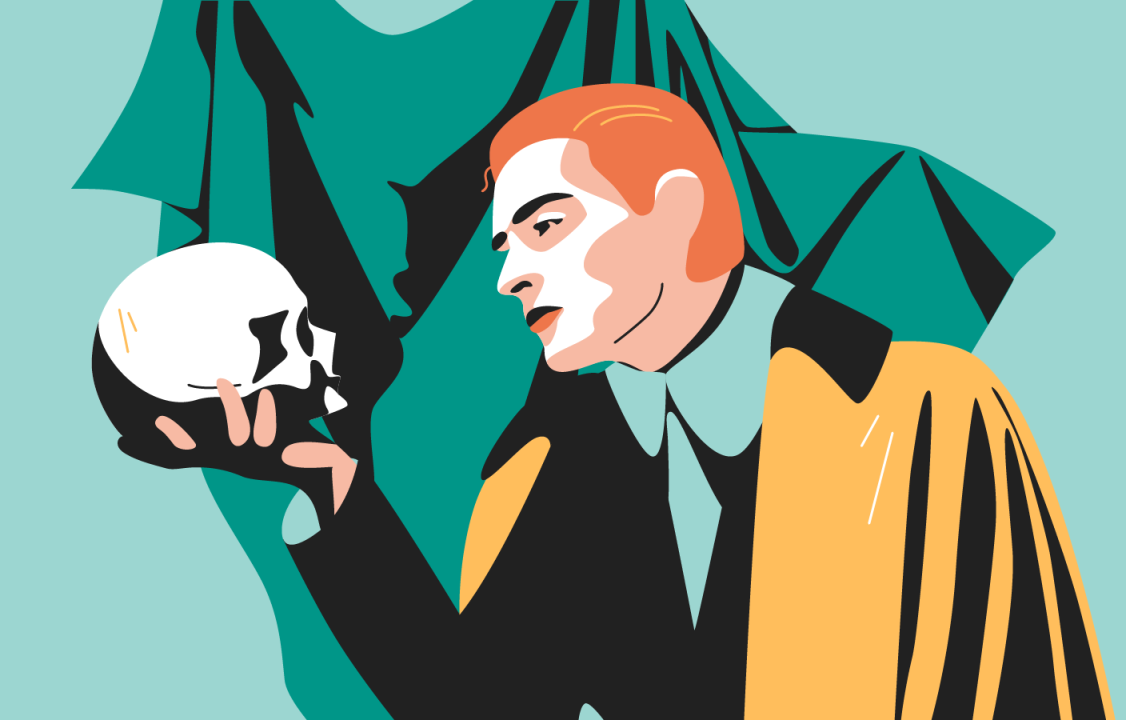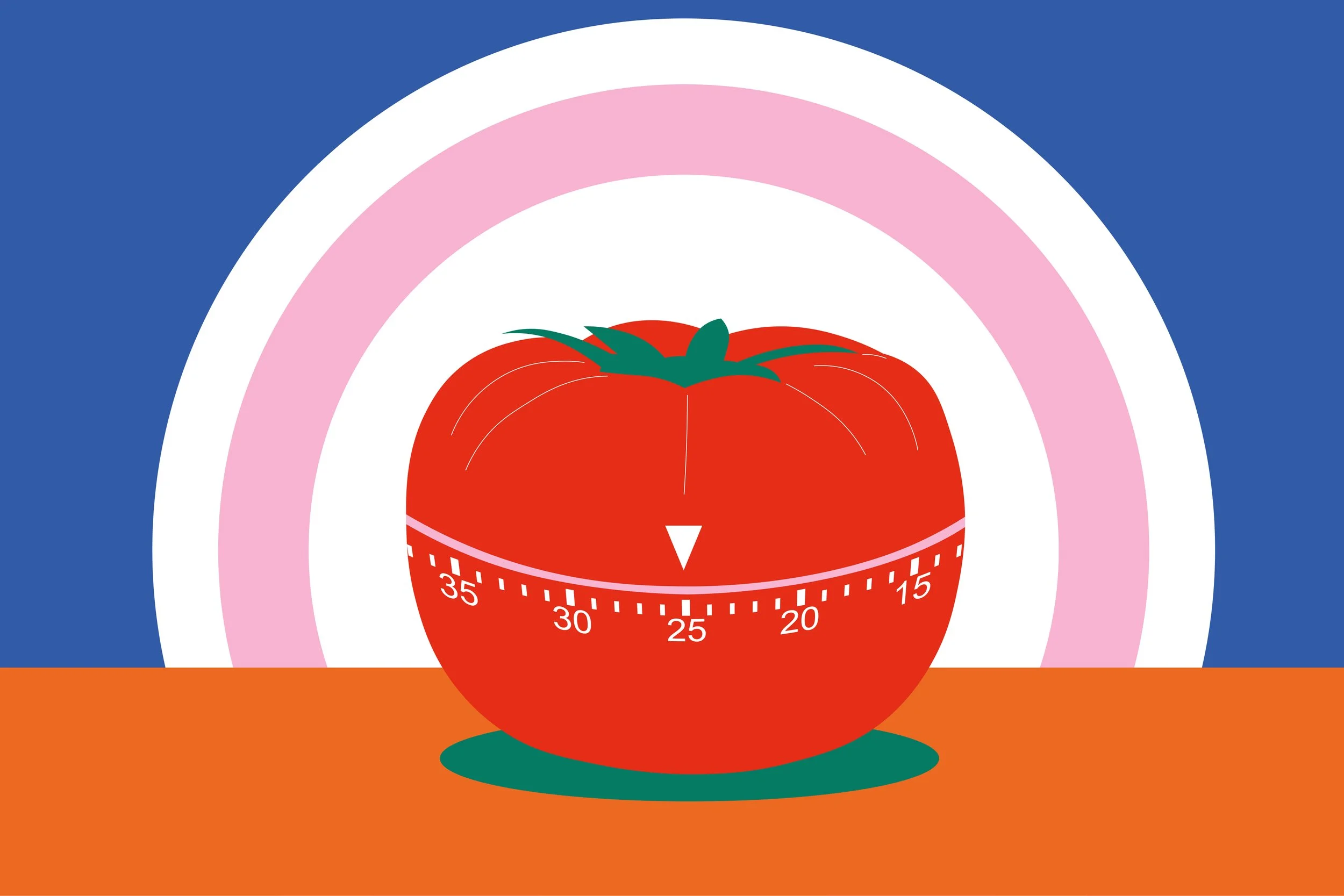
Hey there! Let’s chat about something that’s always intrigued me: tragic flaw in heroic characters. You know, those little imperfections that make them feel so real? I’ve always been drawn to stories where heroes face not just external battles but also their own inner demons. It’s like watching a train wreck—you can’t look away, even though you know it’s going to end badly.
I remember the first time I encountered this concept. I was reading The Great Gatsby in high school, and I was struck by Gatsby’s relentless pursuit of an ideal that was never meant to be. His tragic flaw—his obsession with the past—was both his driving force and his downfall. It made me think about how these flaws shape not just the characters themselves but also the narratives they inhabit.
Understanding Tragic Flaws: What Are They?

So, what exactly is a tragic flaw? In literary terms, it’s often referred to as hamartia, a term that sounds fancy but simply means a character’s inherent defect or weakness. This flaw leads to their downfall, making them relatable and human. Think about it: we all have our quirks and shortcomings, right?
For instance, take Achilles from Greek mythology. His tragic flaw was his overwhelming pride and rage, which ultimately led to his demise. This idea of an “Achilles heel” isn’t just a catchy phrase; it’s a reminder that even the strongest among us have vulnerabilities.
When I first started writing, I struggled with creating characters that felt authentic. I wanted my heroes to be larger than life, but I soon realized that their flaws made them more relatable. I remember crafting a character who was incredibly brave but also reckless. Watching her make poor decisions because of that recklessness was both frustrating and exciting. It added layers to her story and kept readers engaged.
The Impact of Tragic Flaws on Narrative
Now, let’s dive into why these flaws are so crucial in storytelling. They don’t just serve as plot devices; they enrich the narrative and give depth to characters. When a hero’s flaw leads them down a dark path, it creates tension and conflict, which are essential for any good story.
I once wrote a short story about a hero who was a brilliant strategist but had a terrible temper. His inability to control his anger led to disastrous consequences, not just for him but for those around him. The moment he lost his cool during a crucial battle was a turning point in the story. It was thrilling to write, and I could feel the tension rising as I typed.
This kind of conflict—where a character’s flaw clashes with their goals—creates a compelling narrative arc. Readers become invested in the character’s journey, rooting for them to overcome their flaws while knowing that it might not end well. It’s like watching a friend make the same mistake over and over again; you want to shake them and say, “Stop! Can’t you see what you’re doing?”
Real-Life Examples: Heroes with Tragic Flaws
Let’s take a look at some real-life examples of tragic flaws in heroes. One of my favorites is Robert Downey Jr. as Iron Man. Tony Stark is a genius billionaire, but his arrogance and self-destructive tendencies often put him and his friends in danger. Watching him grapple with his flaws makes him a more dynamic character.
Then there’s the classic tale of Hamlet. His indecision and obsession with revenge lead to a tragic end, not just for him but for everyone around him. These characters remind us that greatness doesn’t come without its costs.
In my own life, I’ve seen how flaws can lead to both triumph and disaster. I remember a time when my desire to help others led me to take on too much responsibility. I thought I was being a hero, but I ended up overwhelmed and burnt out. It was a tough lesson, but it taught me about balance and the importance of knowing my limits.
Crafting Your Own Flawed Heroes
If you’re a writer, how do you go about creating your own flawed heroes? Here are some tips I’ve picked up along the way:
- Identify the Flaw: Start by pinpointing what flaw will define your character. Is it pride, jealousy, or perhaps a fear of failure? Knowing this will guide their actions and decisions.
- Show the Consequences: Don’t shy away from showing how the flaw impacts the character’s life. This could be through relationships, career setbacks, or personal struggles.
- Create Growth Opportunities: Allow your character moments of reflection where they can confront their flaws. This can lead to growth or, in some cases, further tragedy.
- Make It Relatable: Ensure that the flaw resonates with readers. The more relatable the flaw, the more invested readers will be in the character’s journey.
I remember when I applied these tips to a character knowledge I was developing. I gave her a fear of failure that stemmed from her childhood. Watching her confront that fear throughout the story was rewarding, and I could see how readers connected with her struggles.
The Balance of Strength and Vulnerability
One of the most beautiful aspects of tragic flaws is how they balance strength and vulnerability. A character can be incredibly brave yet still succumb to their weaknesses. This duality makes them feel more human, and it’s something we can all relate to.
I think about my own experiences with vulnerability. There have been times when my confidence has faltered, whether it was in my career or personal life. Embracing those moments of weakness has taught me resilience and empathy.
In storytelling, this balance creates richer characters. It’s not just about their heroic deeds; it’s about their struggles, failures, and triumphs. The flawed hero’s journey mirrors our own, reminding us that it’s okay to be imperfect.
Conclusion: Embracing the Flaw
As I wrap up this exploration of tragic flaws, I hope you’ve gained some insight into their significance in storytelling. These flaws aren’t just obstacles; they’re essential to character development and narrative depth.
Whether you’re a reader or a writer, embracing the imperfections of heroic characters can lead to a more engaging and relatable experience. So, the next time you dive into a story, pay attention to the tragic flaws of the heroes. They might just be the Achilles heel that makes the journey all the more compelling.
Here’s to flawed heroes and their unforgettable journeys! Let’s celebrate the beauty of imperfection in storytelling together.
Read also about the impact of Knowledge News brings you the most up-to-date discoveries, breakthroughs, and discussions across a variety of fields.







